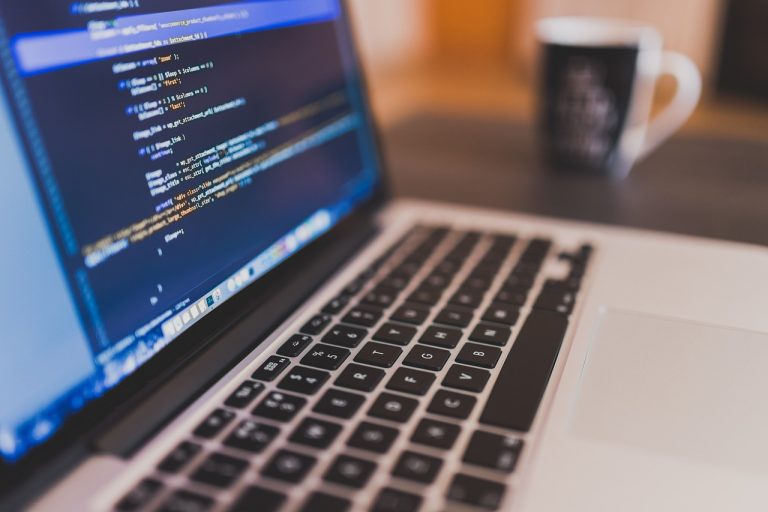Introduction
In today’s digital world, coding has become one of the most sought-after skills. Whether you want to build your own app, create websites, or automate tasks, coding offers countless opportunities. For beginners, the sheer amount of information available can feel overwhelming. This guide will break down the essentials of learning to code and help you focus on the right tools and strategies to succeed.
Why Learn Coding?
Coding is not just for developers. It’s a skill that empowers individuals in various professions, such as data analysis, marketing, design, and more. Here are some key benefits of learning coding:
- Career Advancement: Coding skills are highly valued in many industries, leading to better job prospects and higher salaries.
- Problem-Solving Skills: Coding teaches you to think logically and solve complex problems.
- Creativity: Bring your ideas to life by building applications, games, or websites.
- Flexibility: Work remotely, freelance, or even start your own tech business.
Where to Start Learning Coding
1. Choose the Right Programming Language
Starting with the right language depends on your goals. Here are some popular beginner-friendly options:
- Python: Great for beginners and used in web development, data science, and automation.
- JavaScript: Essential for web development, creating interactive websites and apps.
- HTML & CSS: The building blocks of any website. Perfect for front-end web development.
- Scratch: A visual programming language ideal for kids and absolute beginners.
2. Learn the Basics of Coding
Before diving into complex projects, focus on fundamental concepts such as:
- Variables and Data Types: Understanding numbers, strings, and how to store data.
- Control Structures: Loops (e.g.,
forandwhile) and conditionals (e.g.,if-else). - Functions: Reusable blocks of code that perform specific tasks.
- Debugging: Identifying and fixing errors in your code.
3. Use Online Learning Platforms
Online platforms provide structured courses, interactive exercises, and a supportive community. Some popular ones include:
- Codecademy
- freeCodeCamp
- Khan Academy
- Coursera
- Udemy
4. Set Up Your Coding Environment
Installing the right tools is crucial for a smooth coding experience. Here’s what you need:
- Text Editor or IDE: Examples include Visual Studio Code, Atom, or Sublime Text.
- Version Control System: Git and GitHub to track and share your projects.
- Command Line Interface (CLI): For running scripts and managing files efficiently.
What to Focus On as a Beginner
1. Build Small Projects
Hands-on experience is the best way to learn. Start with simple projects, such as:
- A calculator
- A to-do list app
- A personal blog
- A weather app
2. Practice Regularly
Consistency is key. Dedicate at least 30 minutes to 1 hour daily for coding. Use platforms like LeetCode, HackerRank, or Codewars to practice coding challenges.
3. Join a Community
Engage with fellow learners and professionals to gain insights and support. Popular communities include:
- Reddit (‘learnprogramming’): A hub for beginners.
- Stack Overflow: Get answers to your coding questions.
- GitHub: Share your projects and collaborate with others.
4. Understand Algorithms and Data Structures
These are crucial for solving problems efficiently and cracking technical interviews. Start with:
- Arrays and Linked Lists
- Stacks and Queues
- Sorting and Searching Algorithms
- Trees and Graphs
Tools and Resources for Beginners
1. Free Resources
- W3Schools: Learn web development basics.
- MDN Web Docs: Comprehensive guides for HTML, CSS, and JavaScript.
- CS50 by Harvard: An excellent introduction to computer science.
2. Paid Courses
- Udemy: Affordable courses on various programming topics.
- Pluralsight: In-depth training for developers.
- LinkedIn Learning: Business-focused coding tutorials.
3. Coding Games
Gamify your learning process with platforms like:
- CodeCombat: Learn Python and JavaScript through games.
- Grasshopper: A beginner-friendly app by Google.
Common Mistakes to Avoid
- Trying to Learn Too Much at Once: Focus on one language or concept at a time.
- Skipping the Basics: Master the fundamentals before moving on to advanced topics.
- Not Practicing Enough: Coding is a skill that improves with practice.
- Ignoring Debugging Skills: Learn to read error messages and troubleshoot code effectively.
Building Your First Project
Step 1: Plan Your Project
- Define the purpose and features.
- Sketch out a basic design or structure.
Step 2: Write and Test Code
- Write small chunks of code.
- Test each feature to ensure it works.
Step 3: Share Your Project
- Upload your project to GitHub.
- Share it with friends, mentors, or coding communities for feedback.
Final Thoughts
Learning to code is a journey that requires patience and perseverance. Start with the basics, practice consistently, and don’t be afraid to make mistakes. By focusing on practical projects and engaging with the coding community, you’ll build a strong foundation and open doors to countless opportunities in the tech world.
Embrace the challenges, enjoy the process, and remember: every expert coder was once a beginner. Start your journey today, and unlock the power of coding!
